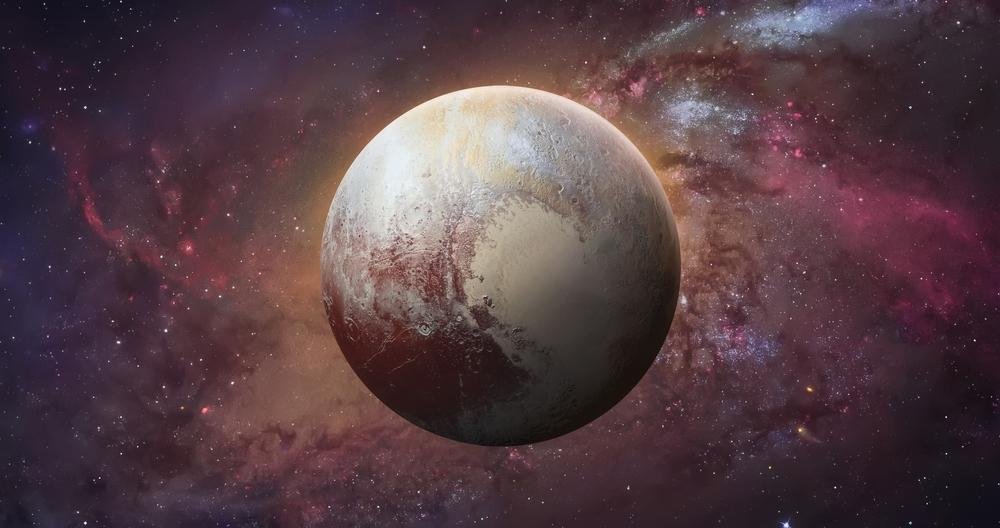Until the New Horizons spacecraft’s visit in 2015, Pluto it was only seen as a small, icy planet. solar system.
But the dwarf planet, discovered in 1930 after the first images sent back by the spacecraft, showed that there was much more to it than just swirling ice in space. With dunes, mountains and volcanoes, Pluto is a jewel in the Kuiper Belt.
See what the most incredible discoveries about Pluto have been!
liquid water
Contrary to popular belief, according to New Horizons observations, there may be liquid water under all this ice. Scientists claim that this water came from the formation process of the dwarf planet.
And this may be interfering with other processes on the planet, such as the force of tidal motion caused by Pluto’s largest natural satellite, Charon.
heart of pluto
Pluto has a massive nitrogen glacier of millions of square kilometers that plays a key role in sustaining the asteroid’s activity. The interaction between Pluto’s largest moon, Charon, and the glacier Sputnik Planitia creates such a strong tidal force that it has been able to interfere with the planet’s axis of rotation for millennia.
Scientists speculate that this axial shift may have been continuous as more ice accumulates on the surface of Sputnik Planitia, and that the presence of liquid water also plays an important role in this phenomenon.

sand dunes
According to the probe’s data, the planet also has sand dunes that are the result of winds produced by the movement of the icy heart on the planet and particles from the icebergs around Sputnik Planitia.
Scientists believe that instead of the grains of sand we are used to seeing, the dunes are made of methane ice grains.

cryovolcanoes
Another curiosity about Pluto, volcanoesBut instead of spewing out superheated lava, scientists say they’re already spewing a kind of muddy, cold creolava. They also claim that some of these substances are rich in ammonia and give some areas their reddish color.

It is unknown whether Pluto is still volcanically active.
Pluto’s surprises
Thanks to these findings, scientists say that Pluto still has a lot to reveal. It is assumed that, thanks to the possibility of liquid water, the asteroid is still tectonically active, constantly changing its relief, and also it is still possible to notice some active heat cells.
Pluto is astonishing in all its geographical formation and composition. It turned out to be the opposite of what we imagined for a planet that barely gets sunlight and is named after the Roman god of the underworld. Despite being a cold and distant world, it turned out to be very rich and, in a way, alive.
Source: Tec Mundo
I am Bret Jackson, a professional journalist and author for Gadget Onus, where I specialize in writing about the gaming industry. With over 6 years of experience in my field, I have built up an extensive portfolio that ranges from reviews to interviews with top figures within the industry. My work has been featured on various news sites, providing readers with insightful analysis regarding the current state of gaming culture.













